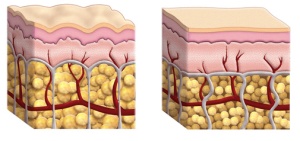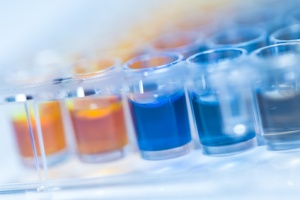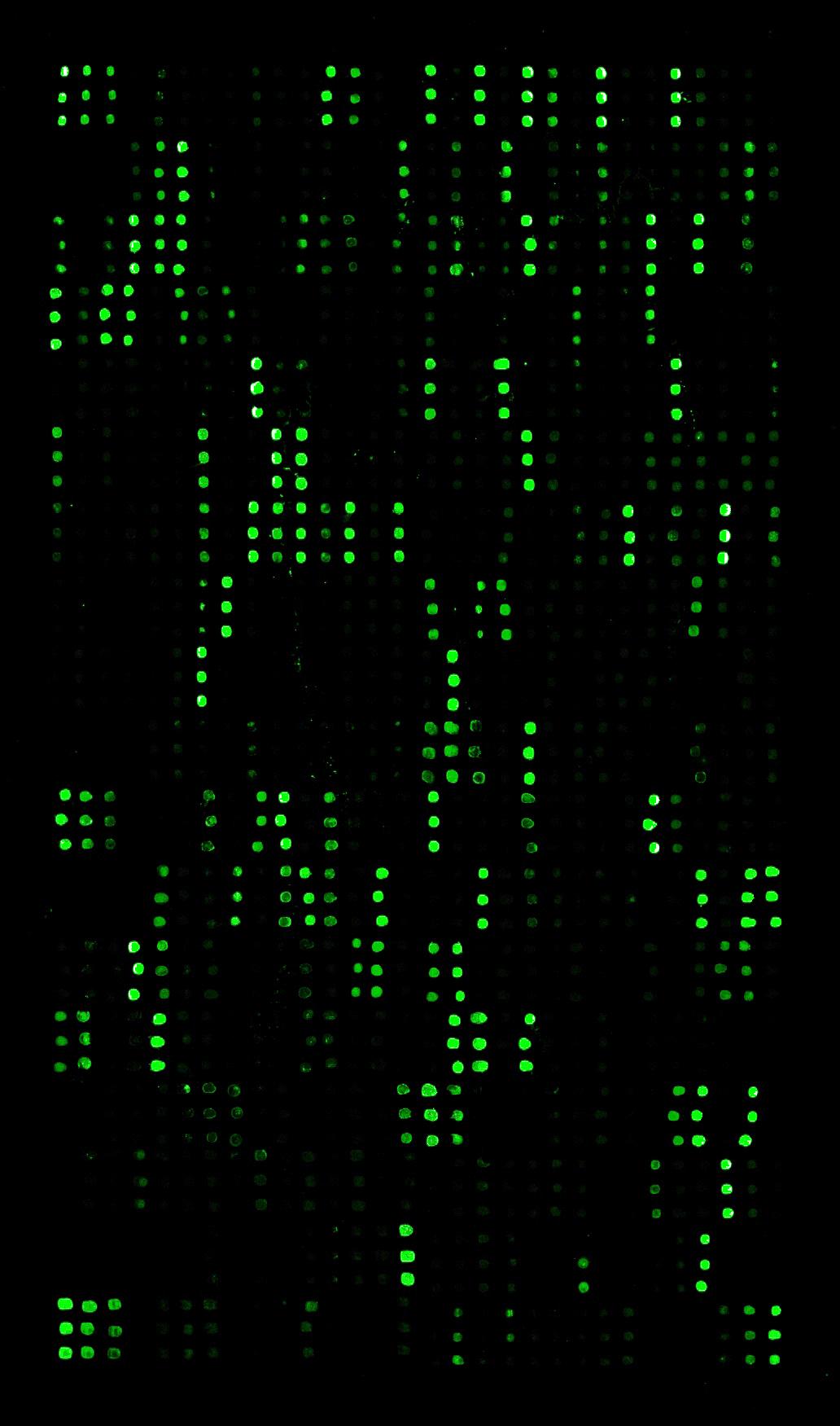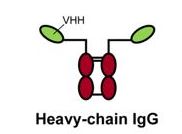Hyaluronic acid (also called HA or Hyaluronan) is a glycosaminoglycan with unique characteristics. HA possesses elevated viscosity, enabling tissues (eye, skin, joint and synovial fluid…) to resist to physical and mechanical constraints (torsion, flexion…). Over time, when HA production is declining, tissues progressively loss these tensile properties, leading to wrinkles and fold, weak reepithelization and age-related troubles. This makes HA a very popular target in Life Sciences. But what are the criteria to perform reliable HA quantification in R&D programs?
Hyaluronic acid (Hyaluronan) – a biomarker to follow

Hyaluronan molecules are polymers of disaccharides (up to 25,000 disaccharide repeat units in length). These polymers have numerous applications in healthcare. For example:
- Pharmaceutical approaches: Hyaluronan has been described in orthopedics, eye surgery, wound healing, and regenerative medicine, chronic liver diseases and ageing-associated diseases…
- Cosmetology and skin-care: HA is considered as an excellent moisturizer with anti-wrinkle properties.
HA (Hyaluronan) measurement in biological samples is a meaningful biological marker (biomarker) for researchers involved in these research domains.
Criteria for selecting your HA quantitative tests
#1 – Prefer immuno-assays

The most efficient methods to quantify HA still rely on antibody-based assays (ex. Competitive or Sandwich ELISA). Convenient, these assays have many benefits. They come ready-to-use, integrate all the reagents needed to perform the quantification and are fully calibrated (HA for standard curve is included in the kits).
The golden 96-well format Hyaluronan Enzyme-Linked Immunosorbent Assay (cat. nr 117K-1200-1ea) offers a simple but still an effective method for determining HA levels in human and animal biological fluids or cell supernatants.
This HA competitive ELISA works best with HA molecules that are greater than 25 repeating units with a sensitivity of 25 ng/mL.
#2- Consider the volume of the sample
#3- Outsource to skilled lab staffs
More and more, research labs outsource their biomarker quantification to Contract Research Organizations (CRO). This choice is a clever and affordable solution when internal resources or competencies are missing or when an overload of work is “rocking” research programs.
You may indeed prefer to outsource your HA quantifications and send your samples to an ISO 9001 certified CRO with laboratories close to yours. Make sure that this outsourcing partner has a real presence (avoid online platforms promising very low costs and yet claiming good and rapid results…). Make sure that the company you choose does not outsource themselves, or ship samples to other distant places. For example, tebu-bio laboratories are located in Europe (Paris area). tebu-bio’s lab staff is used to working under Good Laboratory Practices (GLP) and ISO 9001:2008 conditions. They perform HA assays (but also assays for other markers like Collagen, Oxidative markers, MMPs, ORAC, ABTS, PPAR, ECM…) on a regular basis.
Want to reliably quantify Hyaluronic acid (HA) – Hyaluronan?
Quantify HA levels in your samples yourself in your lab or by outsourcing it to tebu-bio’s lab staff who are experienced in running the ELISA and profiling assays.
Whatever your choice, it’s now as easy as ABC!



